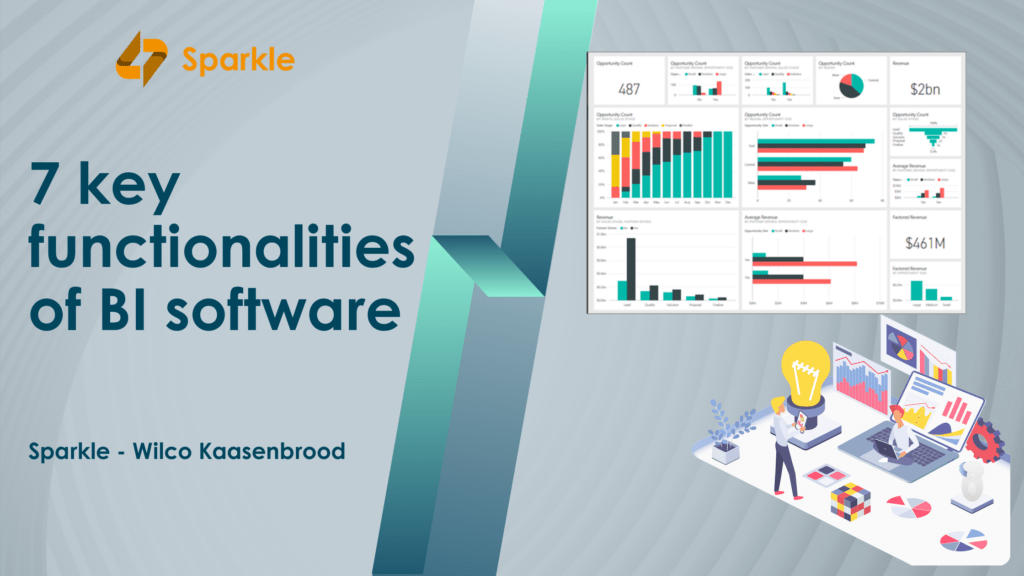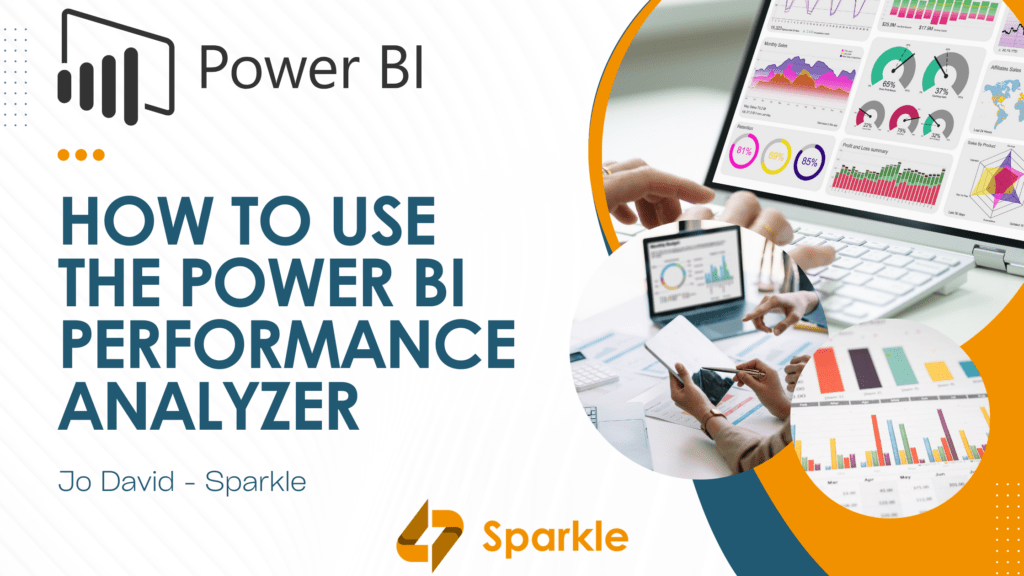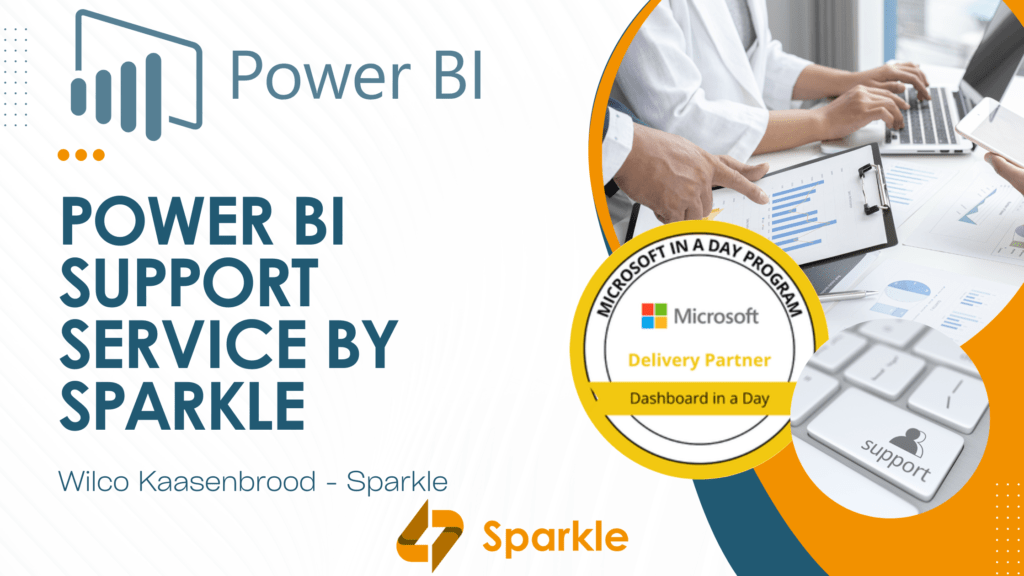In the modern world, organizations create a lot of data every day. To do well in this data-focused environment, organizations need to use this useful data to make smart choices. This is where Business Intelligence (BI) software comes into play.
What is Business Intelligence (BI) software?
BI software like Microsoft PowerBI, Qlik Sense and Tableau offers a range of tools and techniques that enable organizations to collect, process, analyze, and present business data. The primary goal of BI software is to easily transform raw data into actionable insights and support data-driven decision-making processes across all levels of an organization.
What are the key functionalities of BI software?
1. Data integration and centralization
BI tools can connect to and consolidate data from multiple sources, bringing together structured and unstructured data for analysis. By centralizing data in one place, you can. Have a unified view of your business, ensuring consistency and accuracy in your analyses.
2. Data analysis and insights
BI software employs various analytical methods, including statistical analysis, data mining, and machine learning, to uncover valuable patterns and trends within the data. These insights enable you to identify opportunities, understand customer behavior, and address operational challenges effectively.
3. Data visualization:
BI tools offer a wide array of visualization options such as charts, graphs, maps, and tables to present data in a visually appealing and easily interpretable manner, helping stakeholders grasp insights at a glance.
4. Dashboards and reports
BI software allows users to create interactive dashboards and reports that provide real-time updates and key performance indicators (KPIs) to monitor business performance.
5. Ad-Hoc queries
Business users can pose ad-hoc queries and generate on-the-fly reports to answer specific questions and gain instant insights.
6. Forecasting and predictive analytics
Some advanced BI tools include predictive analytics capabilities, enabling businesses to forecast future trends and outcomes based on historical data. This foresight allows you to proactively plan and stay ahead of your competitors.
7. Data collaboration and sharing
BI software facilitates data sharing and collaboration across teams and departments by allowing users to share reports, dashboards, and insights with stakeholders both within and outside the organization. This fosters a data-driven culture within your organization and ensures everyone has access to the same reliable information.
Why you should use BI software
The efficient utilization of Business Intelligence software has become indispensable for organizations seeking to gain a competitive edge. It can serve various departments within an organization, including sales, marketing, finance, operations, human resources, and more. By embracing the power of Business Intelligence software, it will enable business users and decision-makers to gain a comprehensive view of their organization’s performance, identify opportunities, and address challenges effectively.
The Business Intelligence (BI) projects we do for clients at Sparkle range from small, one-off projects implementing a single reporting tool for a specific business question to complex platforms that allow dozens of users access to real-time management information via self-service reporting tools.
Would you like to find out what BI software like Microsoft PowerBI, Qlik Sense and Tableau can offer for your organization? For more information, contact us.
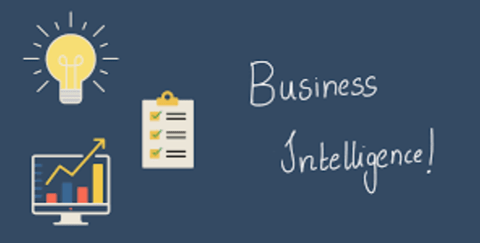
Discover more content from our blog
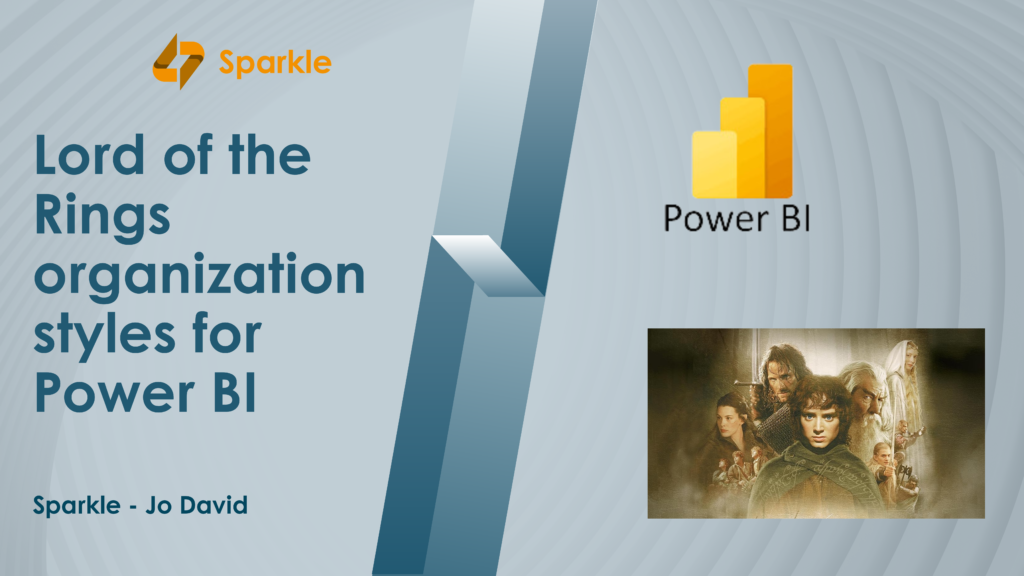
Lord of the Rings organization styles for Power BI
Check your Power BI organization according to the world of Tolkien: are you organized like Hobbits, Orcs, Dwarves or Sauron?
This unique approach explained by our Sparkleer Jo uses the legendary journey of Frodo Baggins to guide you through different organizational structures. Discover how to create a harmonious Power BI environment for your business.
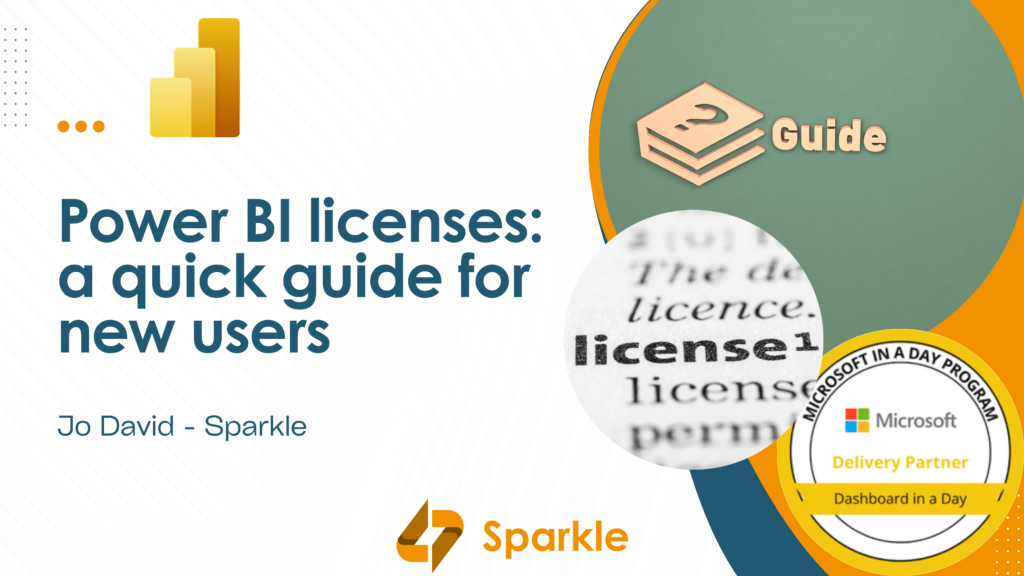
Power BI licenses: a quick guide for new users
Sold on Power BI, but do you need licenses? Unlocking the potential of Power BI licenses can feel overwhelming. Our colleague Jo wrote this post to help you navigate the different options and costs.

Power BI versus Microsoft Fabric
Power BI versus Microsoft Fabric: what you need to do with your existing reports and how things change for your organization using MS Fabric. This blogpost includes our “Fabric Analyst in 1 day” workshop as well.

The AI Act in practice: what it means for your business | webinar recording
The AI Act in practice: what it means for your business. In this blogpost you can find the recap of our webinar we hosted together with our legal partner Sorainen and watch the webinar recording.

Future Finance: the link between accountancy programs and Power BI
With Future Finance plugin to power bi we make it easy for business managers and financial advisors to easily create a financial plan. Find out more.
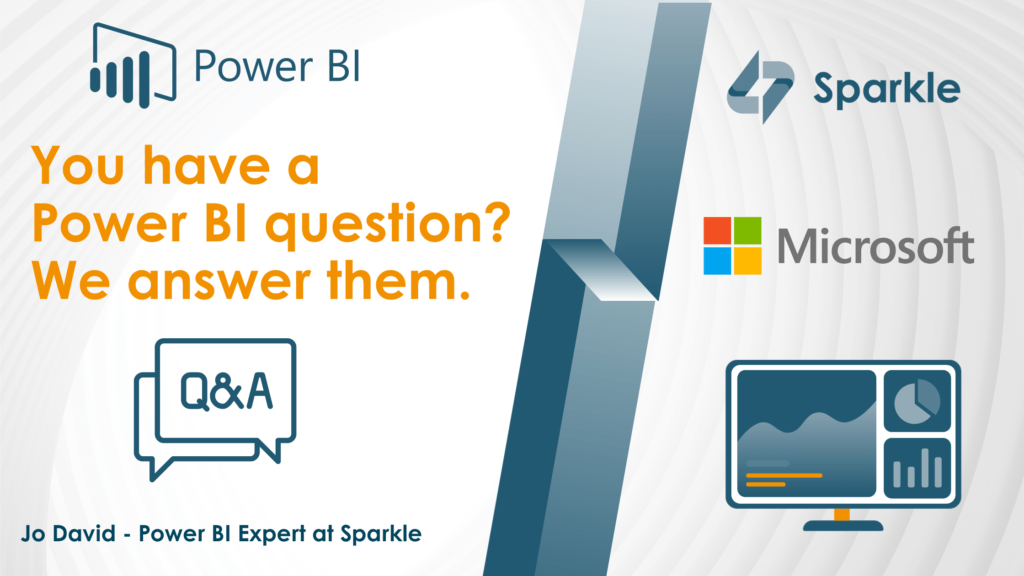
Power BI tips & tricks by Sparkle
In this Power BI Tips & Tricks column we will answer your Power BI related questions. The 1st question was: how can you change your alphabetically sorted data?

